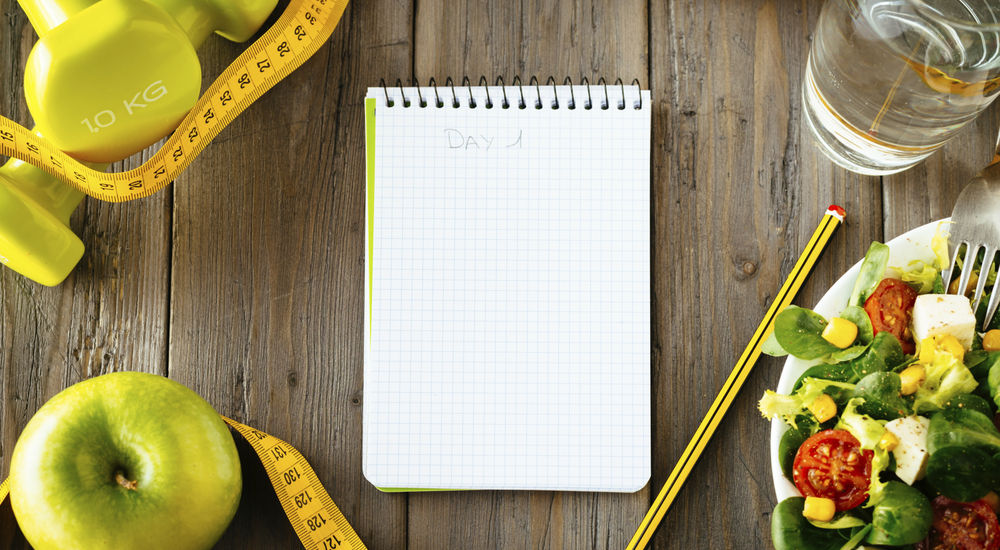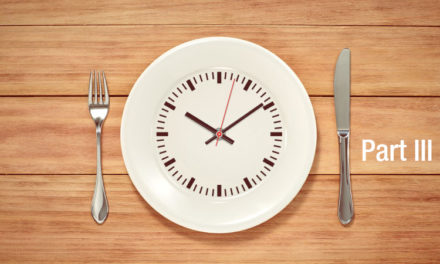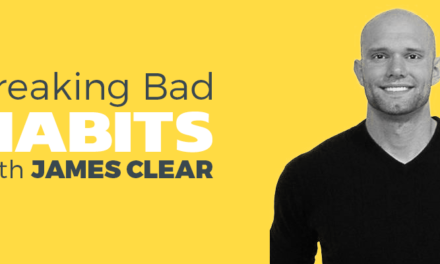Good morning everyone and welcome back to The Incredible Value of Keeping a Food Diary and How To Do It (Part 2).
Last week we dove into the value of keeping a food log and why keeping a food log is effective for eliciting the behavior changes we need to lose weight.
(Remember, as we covered last week, there is a big difference between knowing what you should be eating and having the skills and tools to apply that knowledge.)
Today, we are going to get into the best ways to log your food, how detailed your log needs to be, and how long you need to log for.
Okay, let’s get in this!
How Long You Need To Log For
Lets cover how long you need to keep your food diary first because we know there is a very good chance when you heard, “keep a food diary,” you let out an audible groan with an accompanying heavy eye roll.
But we have good news here, we don’t actually recommend keeping a food diary ad infinitum.
Why not?
Because we know that keeping a food diary can be a pain and we want to make this process as practical and applicable as possible.
So, with that in mind we recommend you only log your food for two or three weeks at a time.
That’s it.
Why so little time?
First off, if you log consistently you will be able to identify where you need to adjust your eating after just two to three weeks of data.
Second, very interestingly, studies have shown that when individuals are given a maximum on how long they are allowed log, their compliance increases. And that is exactly what we are looking for, compliance. (Because once again, the greatest plans on paper don’t mean squat if we can’t actually apply them.)
After your two to three weeks of logging, we recommend taking at least four weeks off (often longer) to see if you are able to implement your adjustments.
The Best Way To Keep A Food Log Quickly And Easily
When it comes to logging your food, you really have two main options.
Use an app.
Write things down by hand in a book.
Now we want to focus on what is the easiest, and while you might think that using an app is easier…. very often it’s not.
Most of our clients, and our team, have found using an app to record their food to be particularly annoying.
Apps are cumbersome, typing on a phone is annoying (especially if you have thick thumbs like yours truly) it can be hard to see everything all at once on a phone, etcetera etcetera.
What our team has found is that simply writing down what you’ve eaten in a notebook is more sustainable because it is far less annoying.
Now, is using a notebook trendy, cool, or sexy?
No, but this doesn’t have to be trendy, cool, or sexy.
It just has to happen consistently.
So here is how we advice you go about this.
Step one: Buy a small notebook that can easily fit in your coat pocket, pants pocket, or the bag you normally carry.
Step two: Either right after you’ve ordered, once you’ve sat down, or right after you’ve finished eating, simply write down what you ate.
That’s it.
But what if you forget to write down what you ate? Or what if it would just be too weird or socially unacceptable to pull out your book and log your food?
All good!
Just write down what you ate from your memory at the next easy and socially acceptable instance.
We have a number of clients we work with who leave their books on their dinner tables at home and just write down everything they ate that day after dinner or right before bed.
And what if you intend to write everything down at night but forget? Is all lost? Should you just give up forever?!
No!
Just remember to write down what you had the day before once you wake up.
(Basically, if you forget to write your food down, just do your best to write down what you’ve eaten since the last time you logged your food at the next available acceptable moment.)
How Detailed Does Your Food Diary Need To Be?
Okay, now that we’ve covered how long you should log for and the easiest and most sustainable way to log, lets finish up by getting into how detailed your food log needs to be.
As always, we are looking for sustainable over perfect, so with that in mind we advice keeping your food log basic and to the point.
Write down where you ate or if you cooked from home.
Write down the specific dishes you ate, the specific foods that were in those dishes, and how those dishes were prepared.
For portion sizes, estimate compared to the palm of your hand. Did you have half a palm worth of grilled chicken? A whole palm worth of grilled chicken? Two?
Make sure you write down any sauces or condiments you used.
And make sure you write down anything you drank.
Here is an example from my food journal from last week written exactly as I wrote it.
Wednesday March 14th, Lunch:
Went to Invivo.
Poached Salmon – largish serving size. About two palms worth
Quinoa salad – two scoops / about one and ¼ palms worth. Had cranberries and walnuts in it.
Kale Salad – two prongs worth / about one and ¼ palms worth. Had some sort of flaky cheese and almonds in it. Had a light oil and vinegar based sauce on it.
Mushrooms – 3
Red peppers – roasted, 2
One 12 ounce bottle of Poland Spring Water
That’s it.
No exaggeration, it took me less than 90 seconds to remember all that (I wrote it down at night) and write it.
The Incredible Value of a Food Diary
Always remember, building a lean, strong, healthy body comes down to two things.
- Having the right knowledge.
- Putting that knowledge into action.
Keeping a food diary (for short periods of time) is such an effective tool because it gives us the tangible data we need (knowledge) and elicits behavior change so effectively (application.)
Listen, we know that life gets busy and that the idea of keeping a food diary can seem like a pain in the butt.
But we promise, if you keep it simple and if you keep it basic, the results you will get compared to the effort you put in will make keeping a food diary one of the most effective tools you will use to help you accomplish your health and fitness goals.
So grab yourself a notebook and start logging!
Your exercise and dietary coaching team.
Zach Moore Training.
And everyone, if you found today’s article insightful, inspiring or enlightening SUBSCRIBE and if you have a friend, family member, colleague or peer who you think would benefit from what we’ve talked about here today, pass this email on.
One of the best things you can do for those you care about is helping them to build a healthy and great looking body. A body that is strong, capable and moves without pain and a body in which they feel confident and happy.





